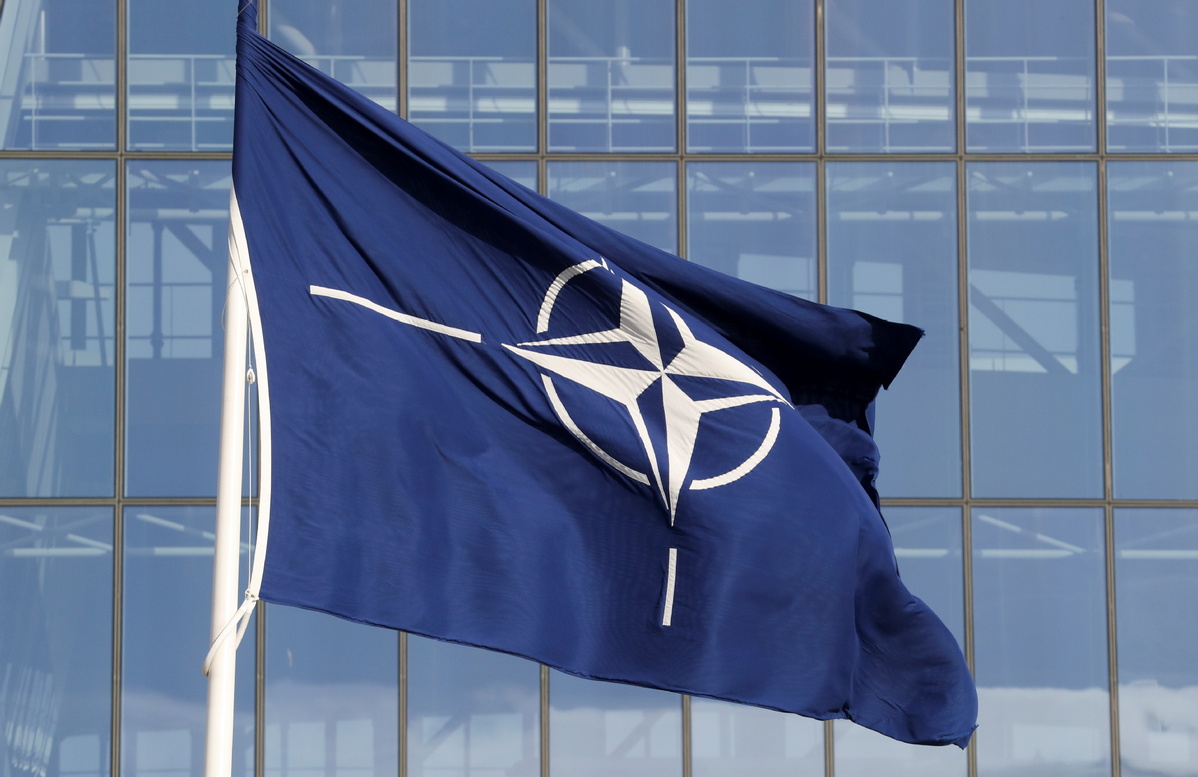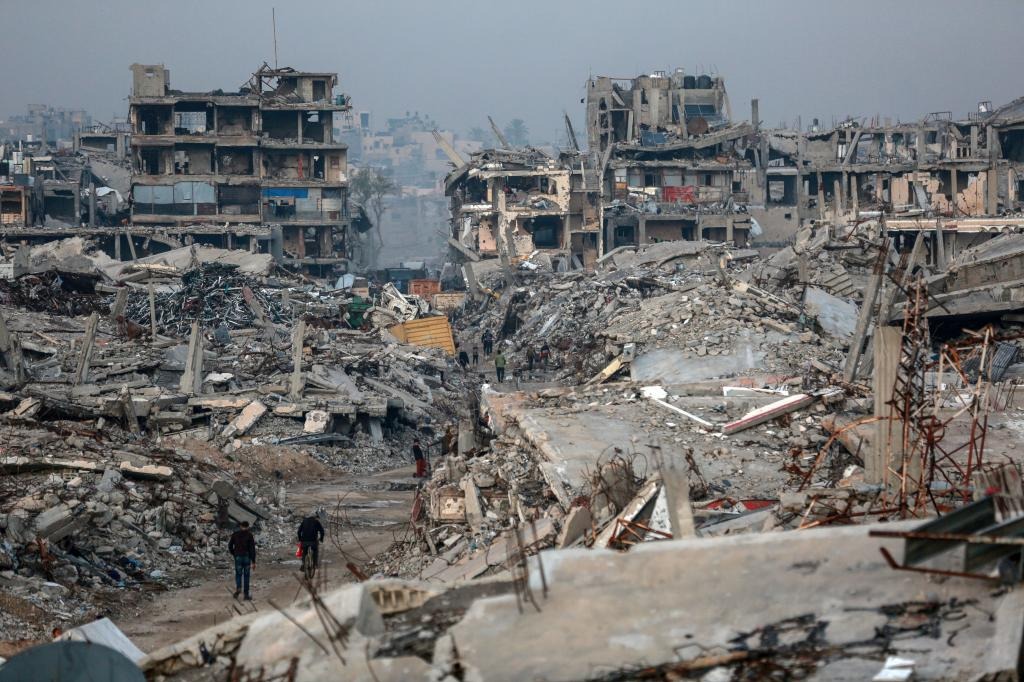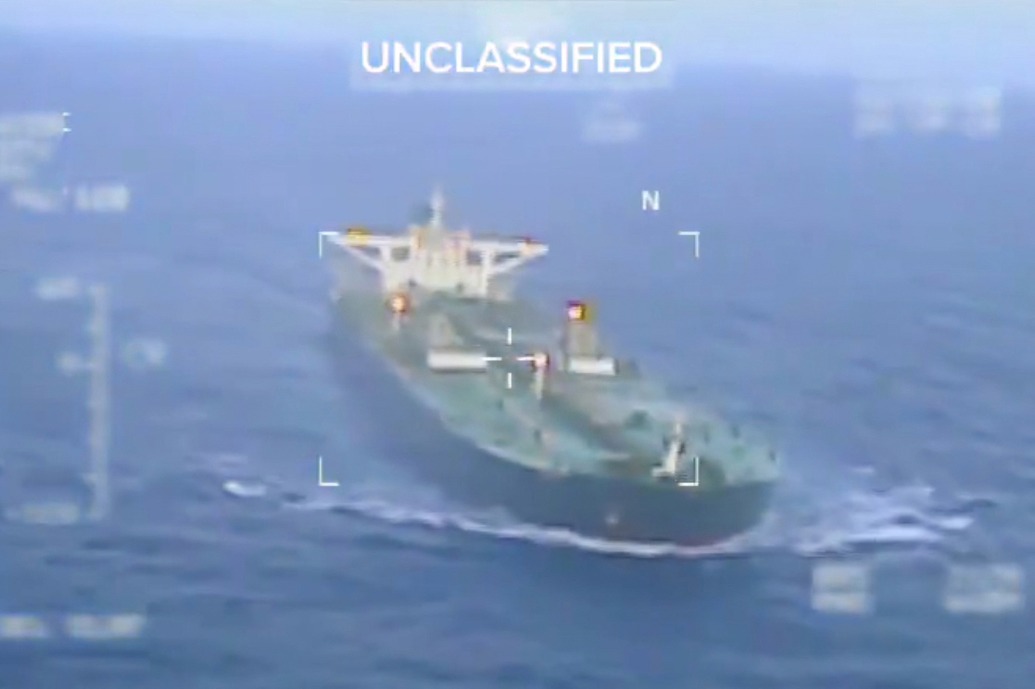NATO expansion sharpens standoff


WARSAW/MOSCOW-NATO has been very much engaged in the conflict between Russia and Ukraine with the transferring of massive weapons to Ukraine, massing many troops in Eastern Europe, and welcoming Sweden and Finland to join the alliance.
Analysts said NATO's disregard for Russia's legitimate concerns on security issues and its continued expansion is the root cause of the outbreak and escalation of this conflict. If it continues to narrow down the small buffer zone left between Russia and itself, the situation will undoubtedly worsen.
NATO's eastern flank usually refers to the three Baltic countries, namely Estonia, Latvia and Lithuania, as well as Poland, Slovakia, Hungary, Romania and Bulgaria.
Before the Russia-Ukraine conflict escalated, NATO deployed one combat force in each of the three Baltic countries and Poland, and implemented a rotation mechanism with nonpermanent garrison troops there.
But NATO has doubled the size of the four above-mentioned combat forces and declared four new NATO battle groups in Bulgaria, Hungary, Romania and Slovakia at the NATO summit held last month.
Existence questioned
NATO is seen by many as a Cold War vestige, and has been questioned over the necessity of its existence after the end of the Cold War.
The military alliance promised in the 1990s that it would not expand "one inch eastward", according to former US secretary of state James Baker. However, led by the United States, NATO has expanded eastward five times since 1999, increasing the number of member countries from 16 to 30.
In addition to strengthening deployments on the eastern flank, NATO is recruiting new members on the north wing. NATO Secretary-General Jens Stoltenberg has repeatedly said that if Finland and Sweden apply to join the alliance, NATO will welcome them and ensure that their entrance will be accepted soon.
Some analysts say that before the escalation of the Russia-Ukraine conflict, Russia had repeatedly communicated and confirmed to both the US and NATO of its red line, but both disregarded it.
Dmitry Belik, a member of Russia's State Duma Committee on International Affairs, said last week that NATO seeks to build up its military presence near the Russian borders, but the entry of Finland and Sweden into NATO will not benefit these countries.
"This issue seriously affects our security, so we will be forced to take retaliatory steps," he told the Izvestia newspaper.
According to military expert Viktor Litovkin, in the event that Finland and Sweden decide to join NATO, Russia will justifiably strengthen the Russian-Finnish border, as well as the entire water area of the Gulf of Finland.
"Russia will have to strengthen ground forces and air defense, deploy significant naval forces in the Gulf of Finland in the event of Finland and Sweden joining the alliance," the expert noted.
Xinhua
































